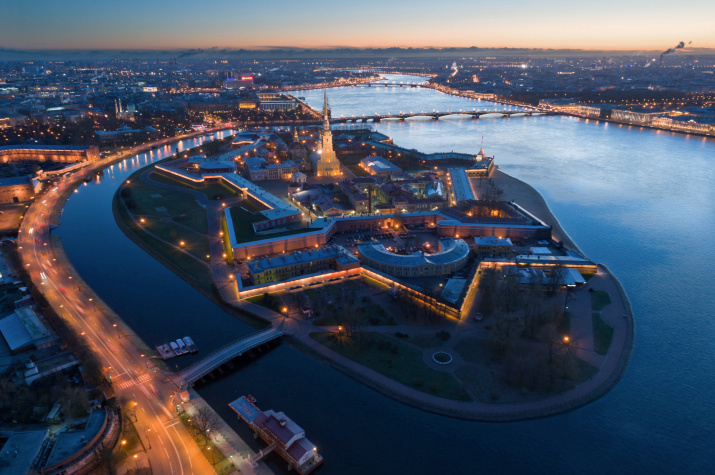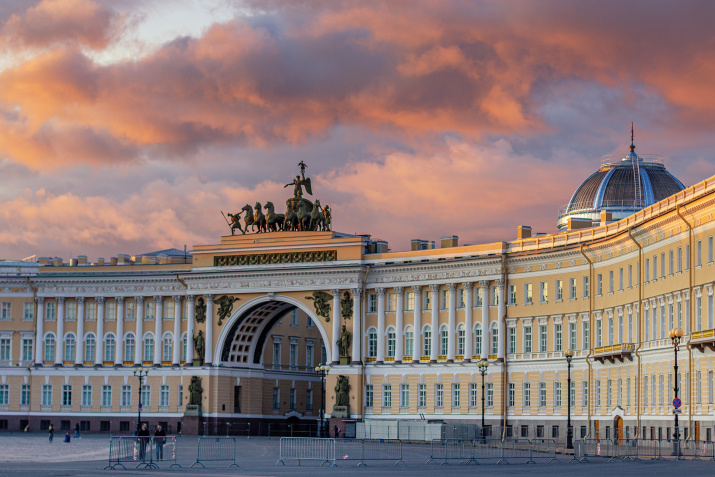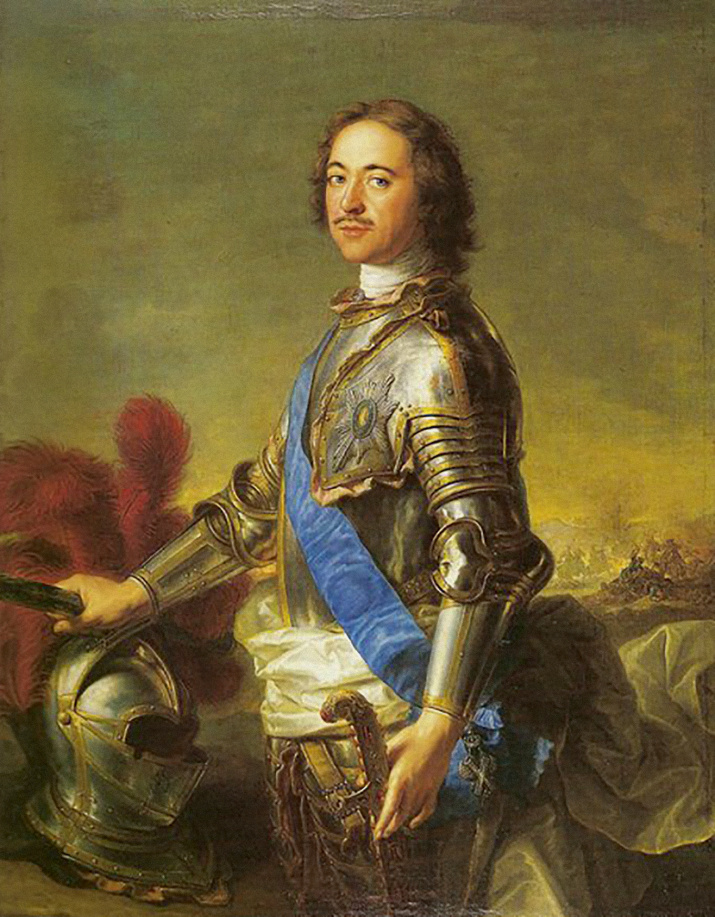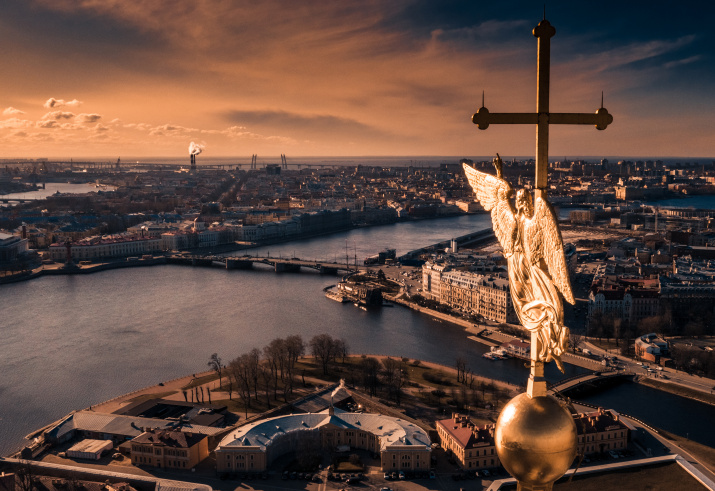Pyotr Alekseevich Romanov is by far the most popular character in Russian history. Thousands of books, scientific monographs, articles have been written about the last tsar of all Russia and the first Russian emperor. Dozens of films have been made about him and his era. And to this day, scientists, writers and politicians argue about the phenomenon of Peter. Great ascetic or ruthless despot? Rampant romantic or tough pragmatist? Did his reforms turn out to be a boon for the country, or maybe they plowed Russia so much that they damaged some of its important tendons and blood vessels? Be that as it may, we ourselves, sometimes without realizing it, live in a country that he built in many respects – starting with its outlines and ending with a system of values. Well-known political geographer, lecturer at MGIMO and member of the Russian Geographical Society Igor OKUNEV tried to understand this person, and at the same time determine the key feature of Russia.
Peter the Great is reflected for centuries in his main creation – St. Petersburg. Look into this city and you will begin to understand this man.
There is, in my opinion, an erroneous idea that St. Petersburg is a truly European city, and Peter is exclusively a westernizer of Russian society. But close your eyes and find yourself mentally in the center of a European city: it will be a cathedral, town hall or market square. In any case, a place where people flock from all the outskirts, a space of maximum interweaving of urban communications.
Let us now return to St. Petersburg and remember the center of this city. The huge deserted Palace Square will be bordered by the royal residence, ministries and military headquarters, creating exemplary scenery for parades and mass processions.
Let’s go further along the streets of Northern Palmyra and understand that the city in its spatial organization is more like an ideal perpendicular-rectilinear drawing than a chaotic European policy.
This is the key to our reformer tsar: he did not create for Russia a simple copy of the European original, but embodied in our new imperial statehood the Russian dream of building an ideal Europe.
St. Petersburg is really more of a Russian dream about the West, our fantasy of what a utopian European city should look like. Herein lies the uniqueness and splendor of the most northern of the major cities in the world.
This, in my opinion, is the significance of Pyotr Alekseevich for the history of the Russian nation. He did not deny our people their identity, but also did not allow them to degrade into peripheral provinciality.
Dressing Russia from a Byzantine-Mongolian caftan into a Western European camisole, the first Russian emperor actually gave birth to the eternal Russian dream about some other Europe. And that means about the inevitable transformation of the latter in synthesis with Russian culture. The window cut by the tsar in the Baltic not only westernized Russia, but also set the ambition to build an alternative Europe.
Peter the Great nurtured the key question of Russian identity: are we Europeans or not. The impossibility of answering this question, the incessant vacillating from one position to another – this is the inescapable dizziness of our two-headed eagle and is, I am sure, the foundation of our national self-consciousness, finalized by the great monarch.
We do not know and will never know whether we are Europeans or not, and in this uncertainty lies the creative power of the Russian spirit. Our civilization over and over again absorbed the components of the West, but never dissolved in it, combining these European and non-European components into unique constructs of the Russian cultural code.
Such an identity has led to a key regularity in the spatial organization of Russian statehood: since the time of Peter the Great, the uncertainty of the borders of the Russian world that has tormented us, a kind of bridge that starts deep in the West and goes far to the East.
On the one hand, such uncertainty predetermined the exclusively supranational character of Russia, which, with an undoubted Russian-Orthodox core, cannot be expressed exclusively in ethnic or religious boundaries.
On the other hand, it also expressed itself in an incurable phobia of the fragility of the external limits of Russian culture, expressed in constant rivalry with ideologies that are built on opposing themselves to Russia on our limitrophes.
I think the key mission of Peter the Great is that he convincingly showed us how you can learn from the West without feeling inferior, how you can be Europe while remaining Russia.




